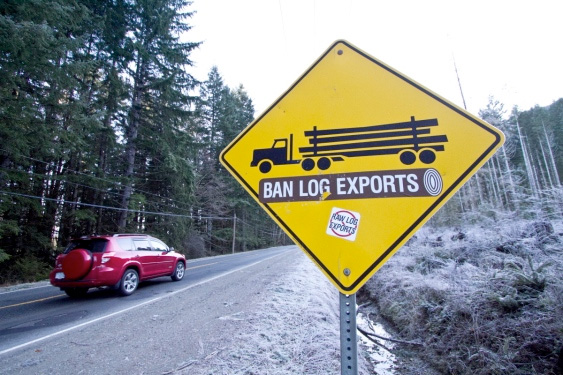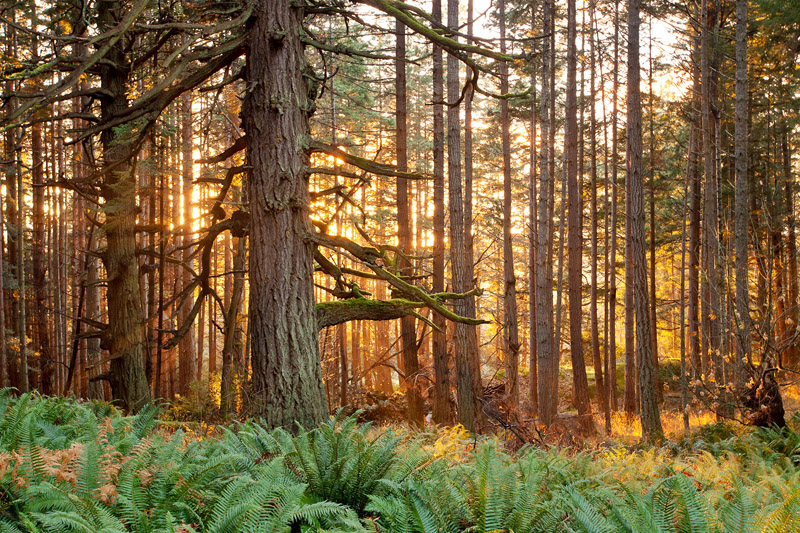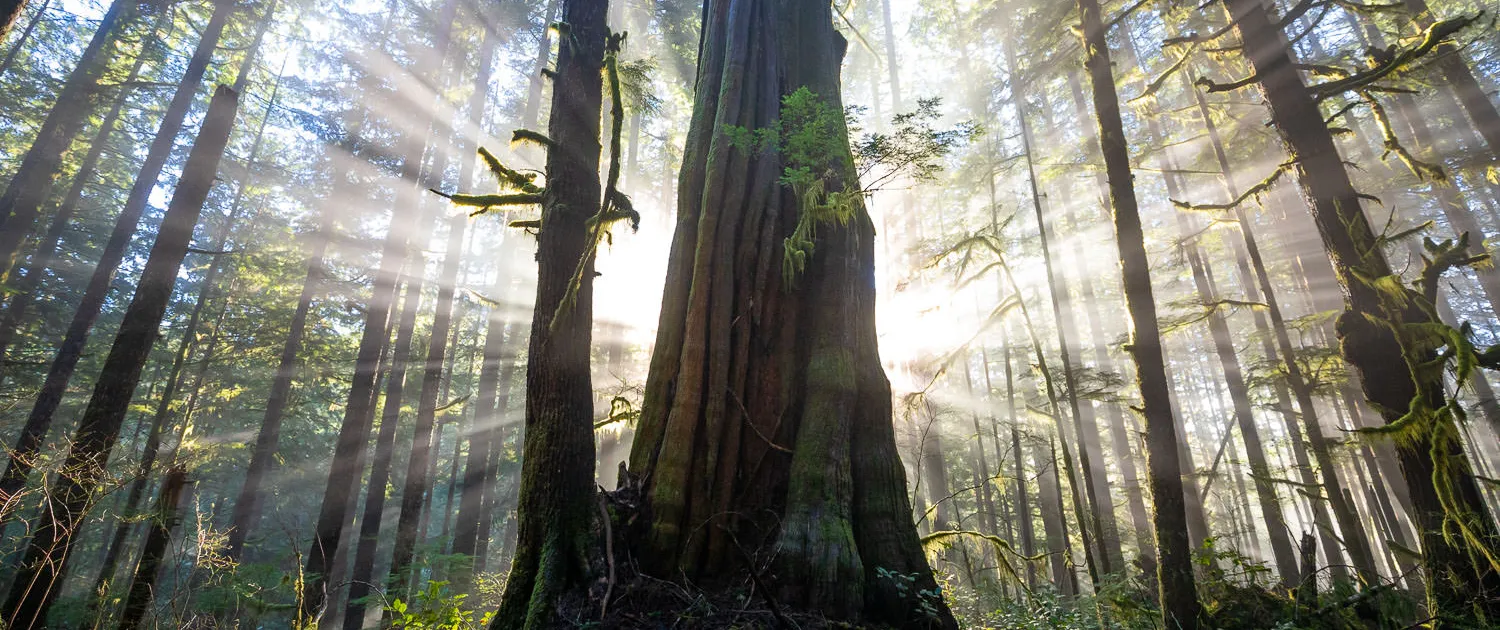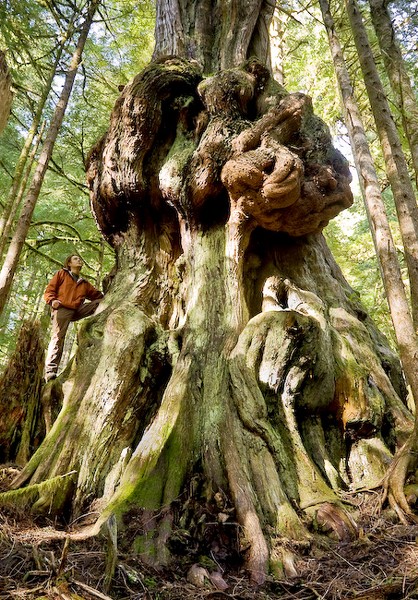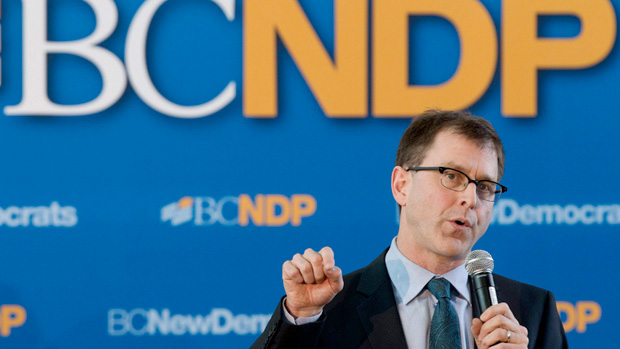Maps show impact of overcutting old-growth forests, conservation groups say
New maps of B.C.’s forests put together by conservation groups using provincial government data show 74 per cent of productive old-growth forests has been logged and much of the remaining old growth is made up of small, stunted trees.
On the valley bottoms, where the largest old-growth trees grow, 91 per cent has been logged, leaving only nine per cent of the classic old forest with iconic trees, the maps show.
Victoria conservationist Vicky Husband said it’s an ecological crisis due to a century of overcutting the biggest and best trees.
“[It] has resulted in the increasing collapse of ecosystems and rural communities,” Husband said.
Even 20 years ago, there were intact watersheds and whole valleys to save, but now they are all gone, except in Clayoquot Sound, Husband said.
With ancient forests mostly tattered and fragmented, she said, B.C. needs a government that would “have the wisdom” to implement a science-based old-growth protection plan immediately to save what remains. They also need to ensure a sustainable value-added second-growth forest industry, she added.
The maps are based on last year’s inventory data from the Forests Ministry.
The analysis is based on conservative calculations, said Ken Wu of the Ancient Forest Alliance. “The actual amount of logging is probably much higher,” he said.
The depletion of larger trees has left the industry in a financial crunch as the trees get smaller, since they’re worth less but more expensive to reach, Wu said.
The government counters that large swaths of old-growth are protected in park and old-growth management areas.
On Vancouver Island, 46 per cent of the forest on Crown land is old-growth, says a ministry statement: “Of the 862,125 hectares of old-growth forest, it is estimated that over 520,000 hectares will never be harvested.”
But Wu said those figures do not present the real picture. “The B.C. government, for the past decade, has been spinning a tale that all is well in the woods and that old-growth forests are not disappearing, by their promotion of totally misleading statistics,” Wu said.
Much of the old-growth included in the government’s estimates are “bonsai” forests in bogs or at high altitudes, where the stunted trees have little commercial value, he said.
“It’s like combining your Monopoly money with your real money and then claiming to be a millionaire, so why curtail spending?”

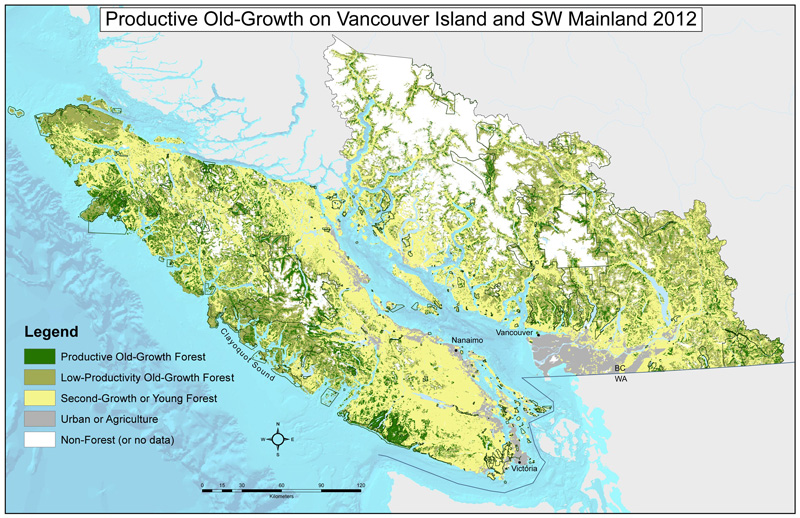
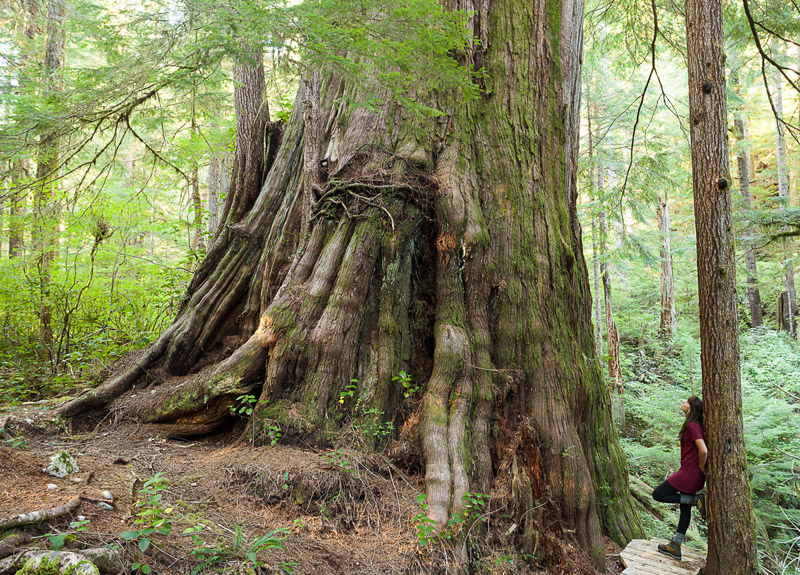
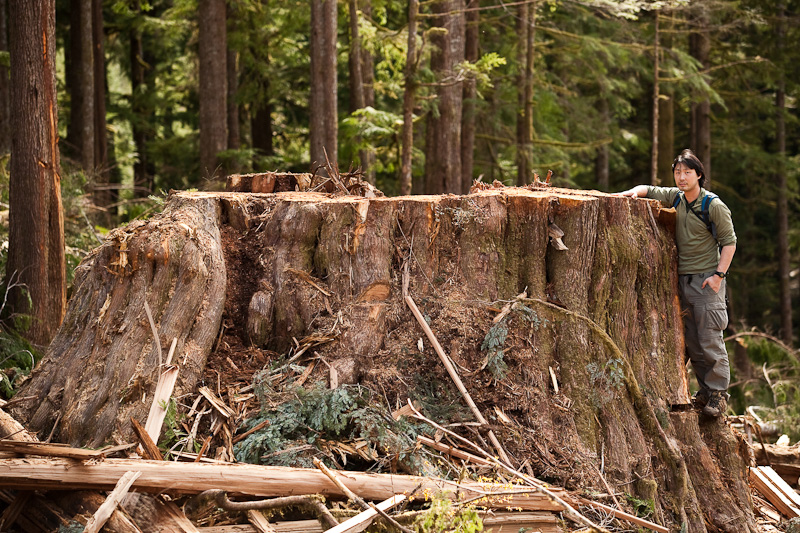
 Jane Sterk, Green: Yes. It is a policy of BC Greens that we stop all old-growth logging in B.C.
Jane Sterk, Green: Yes. It is a policy of BC Greens that we stop all old-growth logging in B.C. Carole James, NDP: The BC NDP is committed to protecting our province’s environment and coasts and will take measures to protect significant ecological areas including wetlands, estuaries and valuable old-growth forests.
Carole James, NDP: The BC NDP is committed to protecting our province’s environment and coasts and will take measures to protect significant ecological areas including wetlands, estuaries and valuable old-growth forests. Karen Bill, Liberal: Old-growth forests are not disappearing. There are more than 25 million hectares of old-growth forests in B.C. About 4.5 million hectares are fully protected, representing an area larger than Vancouver Island. Conserving old growth is an important part of long-term resource management. By law, forests that reflect the working definition of old growth must be retained in ecological units to meet biodiversity needs.
Karen Bill, Liberal: Old-growth forests are not disappearing. There are more than 25 million hectares of old-growth forests in B.C. About 4.5 million hectares are fully protected, representing an area larger than Vancouver Island. Conserving old growth is an important part of long-term resource management. By law, forests that reflect the working definition of old growth must be retained in ecological units to meet biodiversity needs. John Shaw, BC Communist Party: Yes, all regions of the province containing old-growth forests should be protected and maintained. The provincial government must ban raw log exports, and legislate the processing of timber locally for export as lumber or value-added products under public ownership and control.
John Shaw, BC Communist Party: Yes, all regions of the province containing old-growth forests should be protected and maintained. The provincial government must ban raw log exports, and legislate the processing of timber locally for export as lumber or value-added products under public ownership and control.